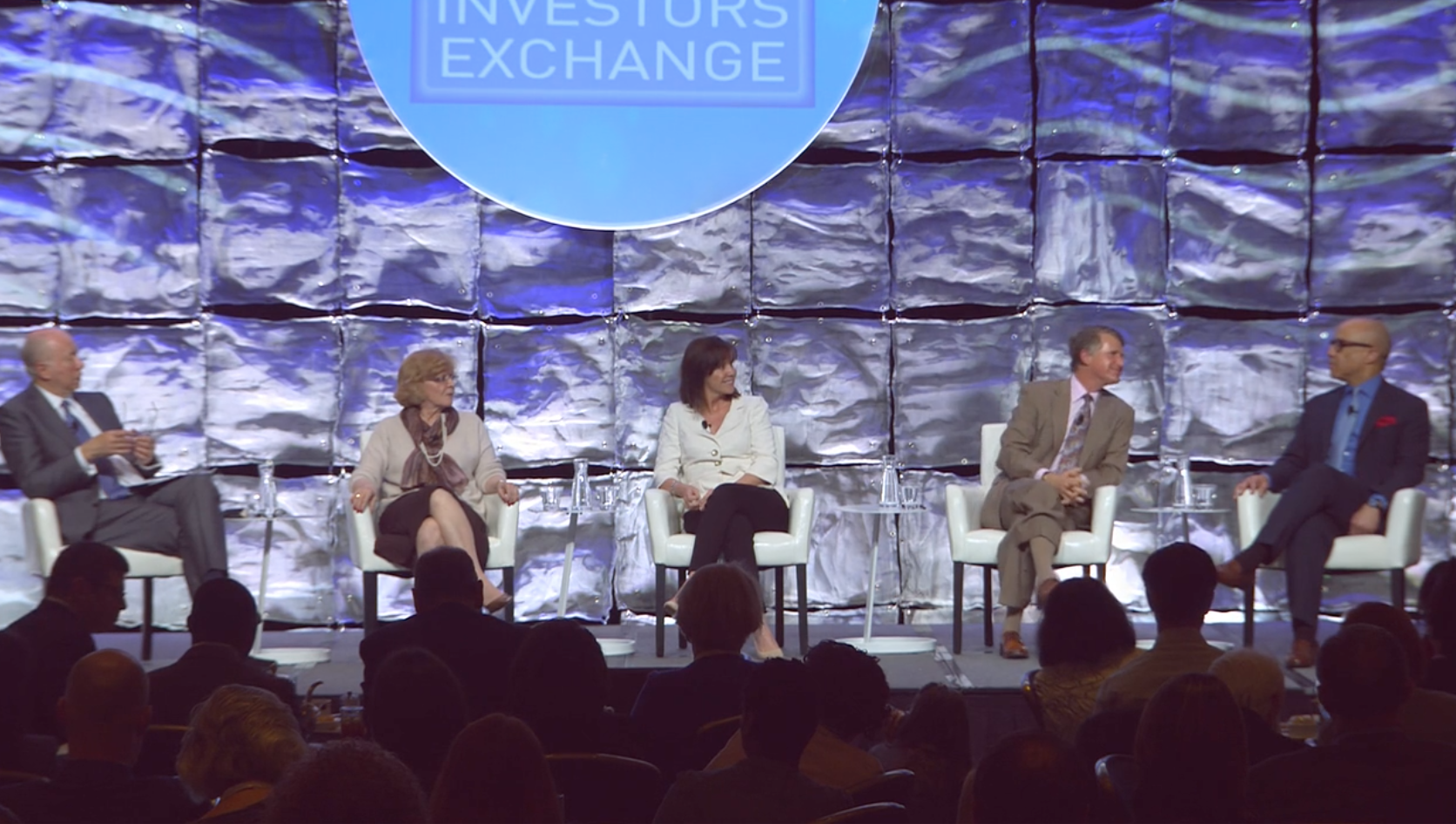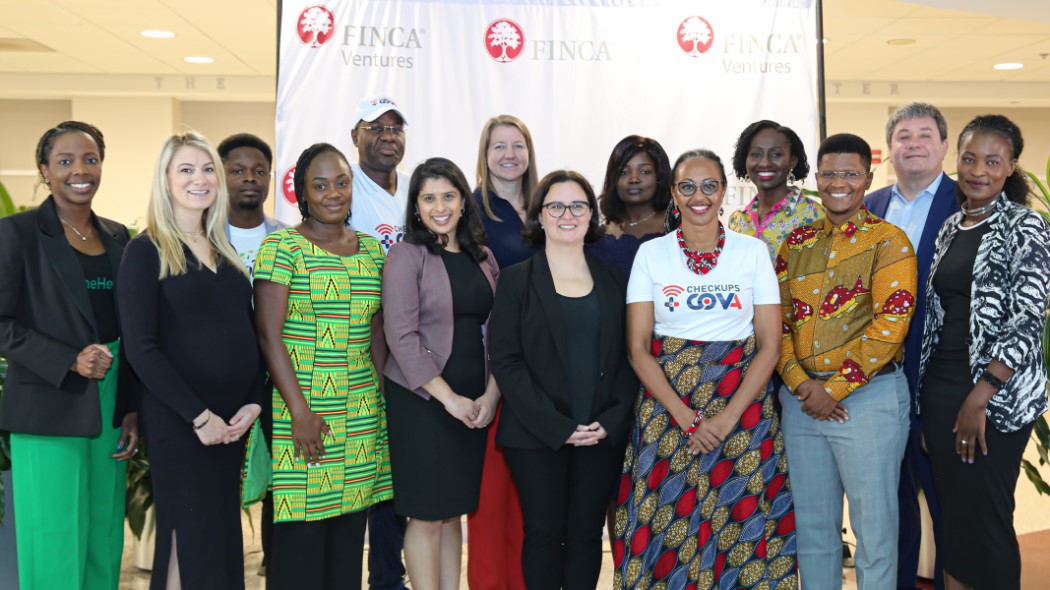ImpactAlpha, May 9 – Place and race are at the top of the impact agenda at next week’s biennial conference of Mission Investors Exchange in Chicago.
To kick off the biennial conference, distinct philanthropic approaches toward impact investing will be on offer in the discussion among three foundation presidents. Students of philanthropy will be watching to see how the spirited debaters reconcile around a shared mission of driving more capital toward urgent challenges.
Darren Walker last year nudged the Ford Foundation to commit a billion dollars from its endowment for impact investments. That’s one of the largest endowment “carveouts” to date, but doesn’t directly affect the rest of Ford’s $12 billion endowment.
Dana Bezerra, who succeeded Clara Miller as the head of the Heron Foundation, represents the much smaller number of foundations that have adopted a “100% for mission” strategy. Heron last year met its goal of deploying 100% of its $250 million endowment towards its mission of helping people and communities climb out of poverty.
Larry Kramer of the $9 billion Hewlett Foundation has established himself as a data-driven skeptic of both strategies. Hewlett is instead making big grant commitments to build the market for climate solutions, for example. Kramer last year authored an article about foundations and impact investment, titled “Down the Rabbit Hole.”
>>MORE: All Hands on Deck: Foundations start to “Go Big” in impact investing.
ImpactAlpha has closely followed the mobilization of foundation capital (in some ways, all the way back to the turn of the century), and will be in Chicago to track the progress. Among the other headliners we’ll be watching next week (with links to our coverage):
Under new head Rajiv Shah, the Rockefeller Foundation is on the hunt for financial innovations to mobilize billions at least $1 billion each for sectors key to meeting the Sustainable Development Goals.
Julia Stasch, president of the MacArthur Foundation, has made some big bets, including on impact investing. MacArthur launched Benefit Chicago, a place-based initiative that has raised $95.5 million (of a target $100 million) to invest in nonprofits and social enterprises in Chicago.
Investments from the Rip Rapson-led Kresge Foundation continue to mobilize private capital to rebuild Detroit. Rapson has been a voice for transparent, accountable investments in the new Opportunity Zones created under last year’s federal tax bill.
At the Packard Foundation, led by Carol Larson, long-term program-related investments in companies like SunFunder and Afaxys Pharmaceuticals have catalyzed commercial investments for climate, reproductive rights and other areas.
Under Lata Reddy, Prudential and its foundation, headquartered in the majority African-American city of Newark, have committed to make $1 billion in impact investments in the city by 2020.
>>MORE: Seizing the Momentum: ‘But For’ These Foundations, Less Impact in Investing
Other trends to watch at next week’s conference.
Shift to 100%
Some foundations are still dipping their toes into impact investing; others are all-in. The latest: the Mary Reynolds Babcock Foundation, with a mission to advance social and economic justice across the southern U.S., has shifted its nearly $200 million endowment to “a mission-related strategy guided by environmental, social and governance criteria.” In March, the 70-year-old Nathan Cummings Foundation pledged to align its entire $443 million endowment with its mission of finding climate solutions and ending inequality.
Other data points: The $10 million KL Felicitas Foundation just released a new report dealing its journey to 100% and the results. The corporate Untours Foundation has had its entire endowment invested Philadelphia social enterprises for decades.
>>MORE: With new pledge, another foundation moves to align endowment with mission
Place-based investing
Foundations are leveraging philanthropic assets to invest in particular communities, cities and regions. Last month, the Philadelphia Foundation teamed with the Reinvestment fund to launch the $30 million PhilaImpact Fund to finance local businesses and projects that create jobs, provide social services and boost access to food, housing and the arts in the Philly region. In Chicago, MacArthur Foundation, Calvert Impact Capital and Chicago Community Trust have nearly reached their $100 million goal for Benefit Chicago, an initiative to finance education and child care, healthy food and affordable housing, and energy conservation and jobs in Chicago.
A range of similar place-based initiatives, such as the Minnesota Impact Investing Collaborative and the New Mexico Impact Investing Collaborative, will be profiled in an upcoming Urban Institute report (preview here). When it comes to place-based investing, community foundations are taking the lead.
Racial equity
Many foundations are applying a racial lens to their impact investing. The Kellogg Foundation-backed Entrepreneurs of Color Fund, launched by the JP JPMorgan Chase Foundation in 2015, has lent $4.7 million to 45 minority-owned small businesses in Detroit and created or preserved 600 jobs. In December, Kresge Foundation joined the fund, which tripled to $18 million; the model is now being replicated in San Francisco and New York.
>>MORE: Racial equity is a growth market
Lumina Foundation recently backed the $9.8 million Series A round of Chicago-based Edovo, which aims to reduce recidivism with educational, vocational, and rehabilitation programming and re-entry resources. The Obama Foundation recently folded into its programming the My Brother’s Keeper (MBK) initiative, which began under the Obama presidency, and launched a competition to invest $5 million in up to 12 communities nationwide in local work that improves outcomes for young men and boys of color.











